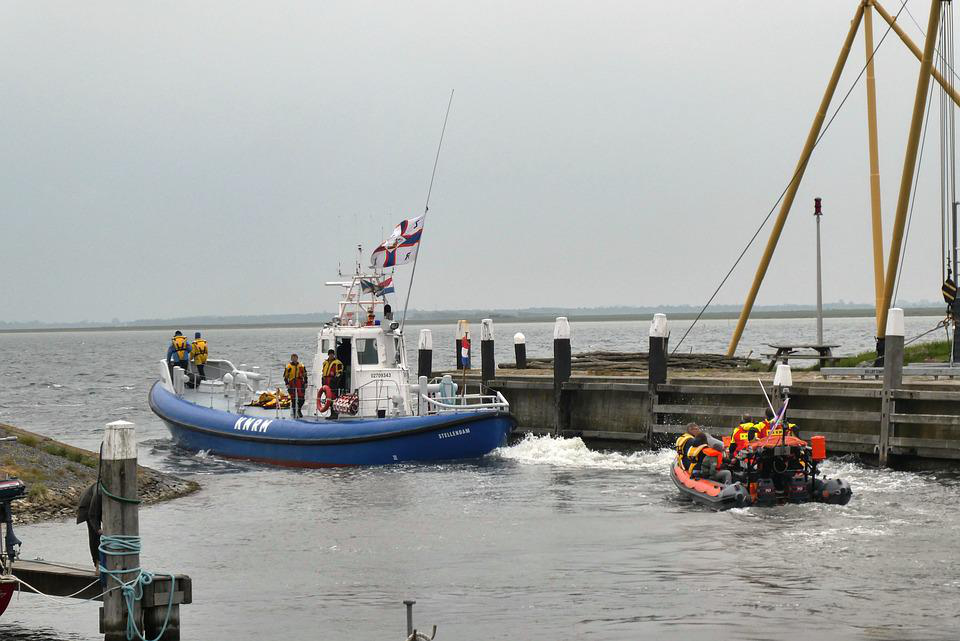EMAIL US
CALL US
lifesaving boats are vital to the safety of large ships, yet they cause countless accidents, resulting in casualties. These are smaller vessels designed to transport passengers and crew if the vessel is damaged, capsized, or sank in some way. In order to be able to use them effectively and safely in an emergency, the ship's crew must be trained and practice filling and laying down lifeboats.
To make sure the crew can do this, the swift water rescue boats for sale hold lifesaving boat drills. Aircrews are required to conduct these exercises on a regular basis, but many accidents have occurred during these exercises, resulting in casualties. Many of these unfortunate incidents could and should have been prevented if those in charge had put in place better and safer procedures. If you are working on a water rescue boat for sale with a water rescue boat for sale and are injured during a drill, maritime law will protect you and can help you pay for medical and other expenses.

The drill involves crews getting people onto rescue water craft, putting those boats into the water, usually from a great height, and then raising and restocking the boats. This process is fraught with danger, which is why it is practiced. Drills are necessary to ensure the crew can safely put the lifeboat with passengers into the water. In a real lifeboat situation, there would be more people and passengers panicking. Adequate practice is necessary so that crew members can safely perform their daily tasks even when distracted.
International rules dictate that crew members must participate in lifeboat drills at least once a month. Every individual crew member has to meet this requirement, so more than one drill per month may be required to involve everyone on board. Usually, this requirement boils down to the time period before the vessel sails.
Due to the accidents that have occurred in these drills in recent years, guidelines have been drawn up to try to make them safer. One of the changes in international lifeboat requirements is that lifeboats and associated equipment must be regularly inspected by specialists from the manufacturer rather than the crew. Another change allows lifeboats to be launched during drills without a crew. The functional guide for the release mechanism has also been changed to make it safer and avoid the event of the mechanism failing and the boat falling into the water.
If you are a crew member injured during a lifeboat drill, you should seek immediate medical attention and file an official report as soon as possible. Taking these steps and making sure you have a good record will mean you can fight for the damage you deserve. You are entitled to compensation if you are injured on the job, but if your employer says no, you may have to fight for it. If this happens, having medical records and a documented accident report will help you make a case.